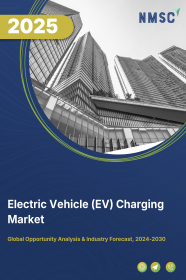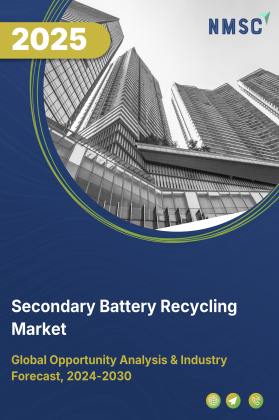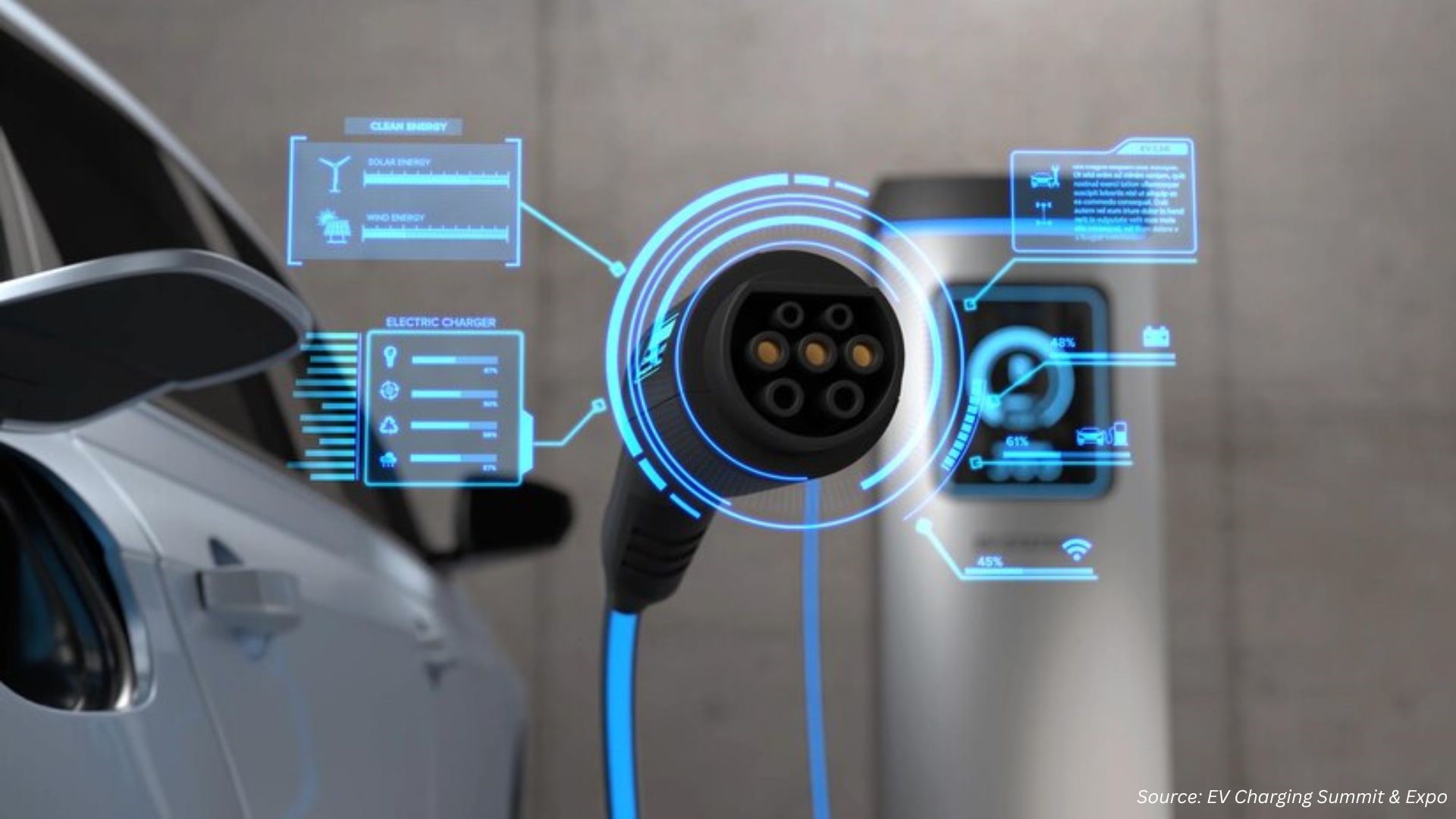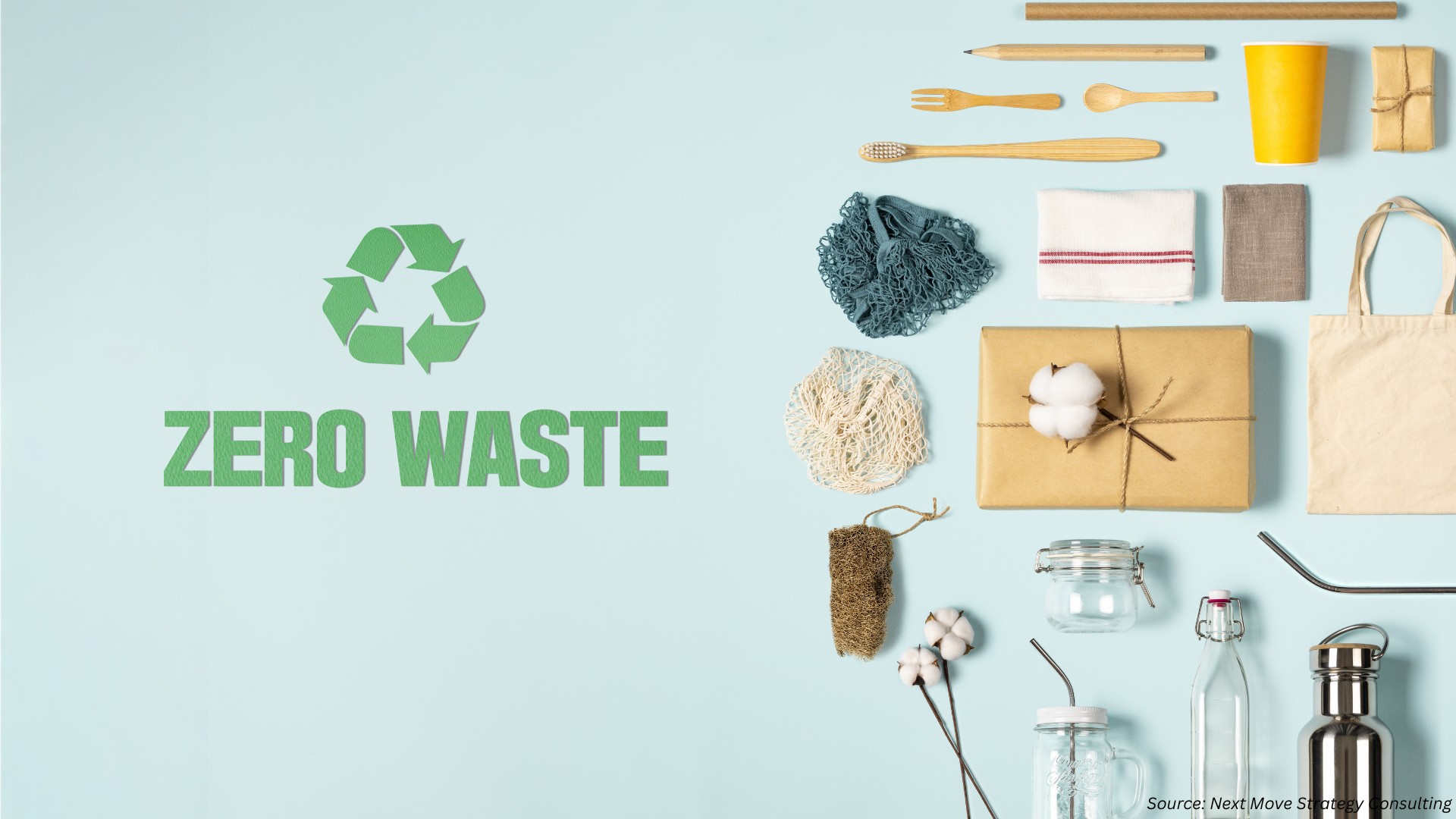
Electric Vehicle (EV) Charging Market by Type of Charger (AC Chargers, and DC Chargers), by Charging Speed (Level 1, Level 2, and Level 3), by Connector Type (Type 1, Type 2, CCS, CHAdeMO and Others), by Installation (Fixed, and Portable), and by End User (Commercial, and Residential) – Global Opportunity Analysis and Industry Forecast 2025–2030.
Industry: Energy & Power | Publish Date: 23-Oct-2025 | No of Pages: 394 | No. of Tables: 592 | No. of Figures: 517 | Format: PDF | Report Code : EP501
Market Overview
The global Electric Vehicle Charging Market size was valued at USD 42.36 billion in 2024, and is expected to be valued at USD 53.81 billion by the end of 2025. The industry is projected to grow further, hitting USD 181.39 billion by 2030, with a CAGR of 27.51% between 2025 and 2030. In terms of volume the market size was 6.2 million units in 2024 and is projected to reach 30.7 million units in 2030, with a CAGR of 30.58% from 2025 to 2030.
Electric vehicle chargers are defined by the amount of energy delivered to a vehicle’s battery per unit of time. It is an infrastructure that is used to connect plug-in electric vehicles to an electrical outlet to charge the battery.
Charging of EVs can be carried out through several levels of charging such as level 1, level 2, and level 3. The higher the level of charging, the faster the charging process, causing more power to be delivered to a vehicle. Advanced features in EV charging include smart meters, cellular connectivity, and network access, which is available in some charging stations.
In addition, the adoption of EV charging is high in commercial spaces as compared to residential ones. Long-distance trips would benefit from ultra-fast charging capabilities made possible by public charging infrastructure. However, Electric Vehicle chargers for residential spaces offer significant growth potential as they are affordable and more convenient for charging electric vehicles as compared to commercial charging stations.
Accelerated Global Ev Adoption Fueling Network Expansion
Worldwide electric vehicle sales are rising at an unprecedented pace, driving large-scale investments in charging infrastructure. Public fast-charging networks are expanding rapidly, with many regions witnessing double-digit annual growth in both standard and ultra-fast charging installations. This expansion aims to address range anxiety, support long-distance travel, and meet the needs of a growing EV fleet. The global EV charging market is expected to experience robust growth in the coming years, reflecting the combined influence of policy incentives, technology improvements, and a strong consumer shift toward sustainable transportation.
Innovation in Smart Charging and Seamless User Experience
Advances in technology are transforming the EV charging landscape. Smart, IoT-enabled systems now optimize charging schedules, balance grid loads, and reduce energy costs for both operators and consumers. Wireless charging technology is also gaining momentum, offering a convenient, hands-free experience that enhances user adoption rates. Such innovations are improving operational efficiency for charging point operators while delivering a more seamless and reliable service for EV owners, further accelerating infrastructure deployment.
High Capital Costs and Grid Integration Challenges
Despite rapid growth, the development of EV charging networks faces significant cost barriers. The installation of advanced charging infrastructure—particularly fast DC chargers with integrated battery storage or renewable energy systems—requires high upfront investment. In addition, connecting new charging stations to the power grid can be complex and time-consuming, often requiring transformer upgrades or additional grid capacity. These challenges are particularly pronounced in rural areas and emerging markets, where infrastructure development is slower and budgets are more constrained
Bidirectional (V2G) Integration Unlocking New Value Streams
Vehicle-to-Grid (V2G) technology presents a major growth opportunity for the EV charging market. By enabling EV batteries to feed stored energy back into the grid, V2G systems can help stabilize electricity networks during peak demand, improve renewable energy integration, and create new revenue streams for both operators and vehicle owners. As global adoption increases and regulatory standards mature, V2G is expected to become a key feature of future charging networks, enhancing grid resilience and opening new business models for the industry.
Asia-Pacific is projected to dominate the major EV charging market share
Due to several government initiatives to drive adoption of EVs and associated infrastructure and rise in demand for EV fast-charging infrastructure.
For instance, in January 2022, China announced plans to expand its charging infrastructure to accommodate growing fleet of electric vehicles. 60% of the its expressway system would be equipped with fast charging stations. China has stated that by the end of 2025, the country will have a demand for 20 million electric vehicles.
In addition, the government of Japan provided a total of USD 911 million in subsidies to build EV charger stations and stimulate development of the electric vehicle market.
Moreover, rise in deployment of EVs by shared mobility operators and rise in EV manufacturing capabilities drive growth of the Asia-Pacific electric vehicle charging market.
For instance, Japan also plans to increase the number of charging piles for EVs to 150,000 by 2030, and companies also dedicatedly participate in them. Tokyo Electric Power (Tepco) plans to increase number of fast charging stations on highways to 1,000 by 2025 and Hitachi Ltd. is developing smaller and lighter charging stations.
In addition, presence of prominent players in EV charging companies such as Hyundai, BYD, and Tata Motors engaged in various strategies including partnership and business expansion boost growth of the market in this region.
For instance, in May 2022, Tata Power partnered with Hyundai Motor India Limited (HMIL) to build a robust EV charging network and accelerate the adoption of EVs. Under this partnership, Tata Power will install Tata Power EZ Charge fast chargers at HMIL's existing 34 EV dealer locations across 29 cities along with supply, installation, and commissioning of home charging for HMIL's EV customers.
Moreover, in September 2022, BYD announced to setup a facility in Thailand to start producing 1,50,000 passenger vehicles per year from 2024. This development led to high adoption of EVs in the country, hence increasing the number of EV charging stations.
Europe witnessed substantial growth in EV charging market
Owing to the emphasis by government bodies on EV infrastructure across the region propels the growth of the market. For instance, in June 2022, the U.S. Transportation Department (USDOT) proposed minimum standards and requirements for EV charging projects funded under a USD 5 billion government program.
This proposal would require government-funded EV charging stations to use DC fast chargers and have at least four ports capable of simultaneously charging four EVs and each must be at or above 150 kW. Moreover, it also bars charging stations from requiring a membership to use them. In addition, latest innovations in EV charging by prominent world leaders to accelerate current infrastructure are expected to create demand for the market growth.
For instance, in September 2022, Tesla launched its CCS adapter for USD 250 that enables Tesla drivers to access public charging stations. This is a product that Tesla owners have been wanting for a long time as Tesla owners do not have access to most non-Tesla charging stations, owing to them being equipped with CCS connectors.
Competitive Landscape
The EV charging industry includes various market players such as ChargePoint, Inc, ABB Ltd, Tesla, Inc, Siemens AG, StarCharge, EVBox Group B.V, Wallbox Chargers S.L, Tritium Pty Ltd, Schneider Electric SE, Delta Electronics, Inc, Blink Charging Co, Autel Energy, Leviton Manufacturing Co, Efacec Power Solutions S.A, Zaptec AS, Hitachi, Kempower Oyj, Enel X Way S.r.l. (Enel X / Enel X Way), ADS-TEC Energy plc, KEBA AG, and others.
These market players are adopting several strategies such as product launches and partnership across various regions to maintain their dominance in the electric vehicle charging market.
For instance, in October 2022, ChargePoint, Inc. announced the launch of the CP6000, ChargePoint’s most flexible and serviceable global AC EV charging solution available for vehicles of all types and sizes. Through this launch, there is going to be tough competition among the players, which will further push them to innovate some more advanced products to satisfy the customer. This will also create a healthy environment in the field of EV charging product innovation and invention.
In addition, in September 2022, Tesla launched a CCS adapter for USD 250 that enable drivers to access public chargers. The adapter offers to charge speeds up to 250kW and can be used at third-party charging networks.
Ev Charging Market Key Segments
By Type of Charger
-
AC Chargers
-
Mode 1 (2.3 kW)
-
Mode 2 (2.3 kW)
-
Mode 3 (3.7 kW to 22 kW)
-
-
DC Chargers (22 kW to 350 kW)
By Charging Speed
-
Level 1
-
Level 2
-
Level 3
By Connector Type
-
Type 1
-
Type 2
-
CCS
-
CHAdeMO
-
Others
By Installation
-
Fixed
-
Portable
By End User
-
Commercial
-
Commercial Public EV Charging Stations
-
Highway Charging Stations
-
Fleet Charging Stations
-
Workplace Charging Stations
-
-
Commercial Private EV Charging Stations
-
-
Residential
-
Private Homes
-
Apartments
-
By Region
-
North America
-
U.S
-
Canada
-
Mexico
-
-
Europe
-
Germany
-
France
-
Italy
-
Spain
-
United Kingdom
-
Netherlands
-
Russia
-
Norway
-
Denmark
-
Sweden
-
Finland
-
Rest of Europe
-
-
Asia-Pacific
-
Australia
-
China
-
India
-
Japan
-
South Korea
-
Thailand
-
Singapore
-
Rest of Asia-Pacific
-
-
RoW
-
Latin America
-
Middle East
- Africa
-
Key Players
-
ChargePoint, Inc.
-
ABB Ltd
-
Tesla, Inc.
-
Siemens AG
-
StarCharge
-
EVBox Group B.V.
-
Wallbox Chargers S.L.
-
Tritium Pty Ltd
-
Schneider Electric SE
-
Delta Electronics, Inc
-
Blink Charging Co.
-
Autel Energy
-
Leviton Manufacturing Co.
-
Efacec Power Solutions S.A.
-
Zaptec AS
-
Hitachi
-
Kempower Oyj
-
Enel X Way S.r.l. (Enel X / Enel X Way)
-
ADS-TEC Energy plc
-
KEBA AG
Report Scope and Segmentation
|
Parameters |
Details |
|
Market Size in 2024 |
USD 42.36 Billion |
|
Revenue Forecast in 2030 |
USD 181.39 Billion |
|
Market Volume in 2024 (Million Units) |
6.2 |
|
Volume Forecast in 2030 (Million Units) |
30.7 |
|
Growth Rate |
CAGR of 28.21% from 2022 to 2030 |
|
Analysis Period |
2021–2030 |
|
Base Year Considered |
2024 |
|
Forecast Period |
2025–2030 |
|
Market Size Estimation |
Billion (USD) |
|
Growth Factors |
|
|
Countries Covered |
26 |
|
Companies Profiled |
20 |
|
Market Share |
Available for 10 companies |
|
Customization Scope |
Free customization (equivalent up to 80 analysts working hours) after purchase. Addition or alteration to country, regional & segment scope. |
|
Pricing and Purchase Options |
Avail customized purchase options to meet your exact research needs. |

















 Speak to Our Analyst
Speak to Our Analyst

























